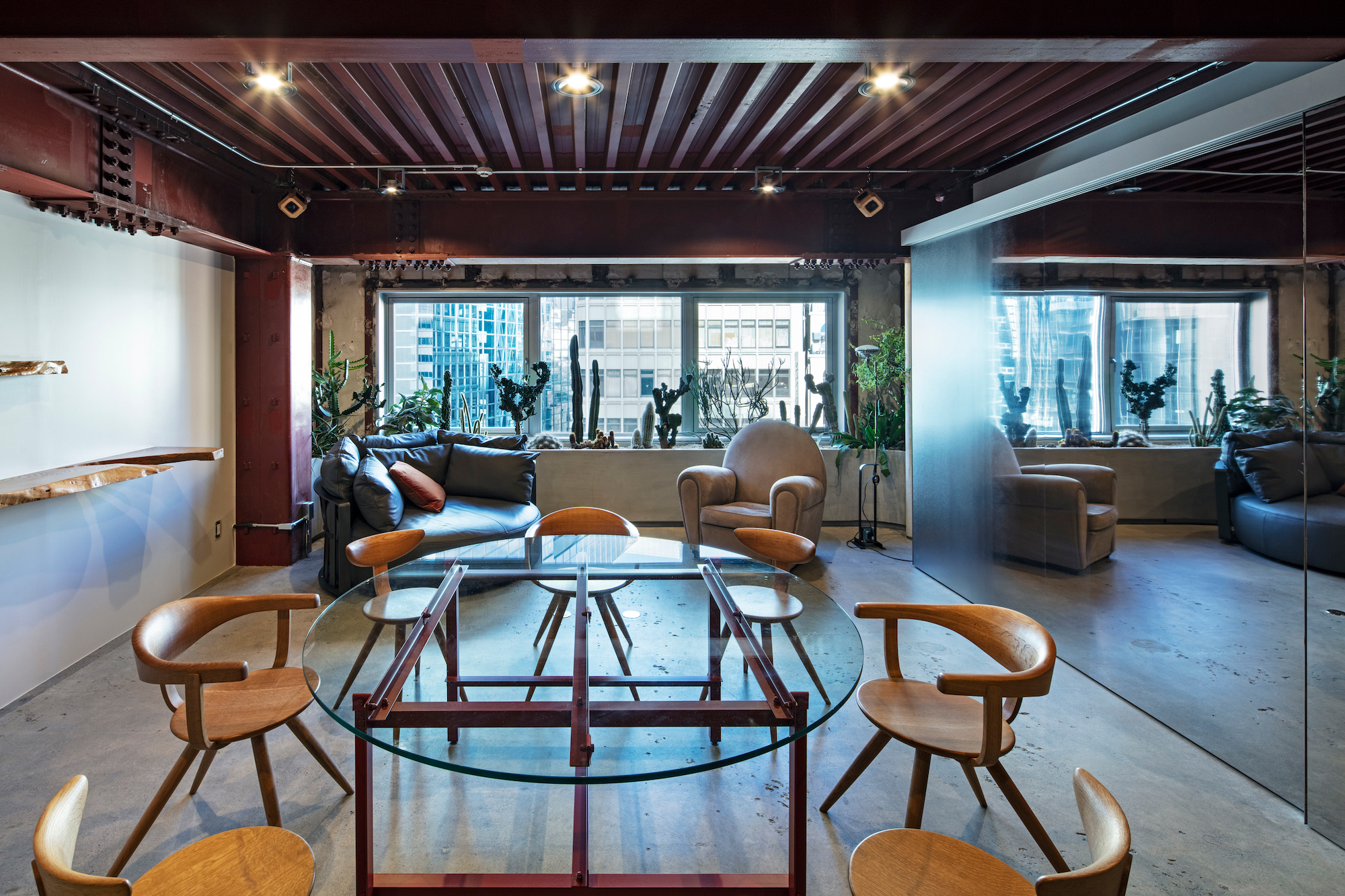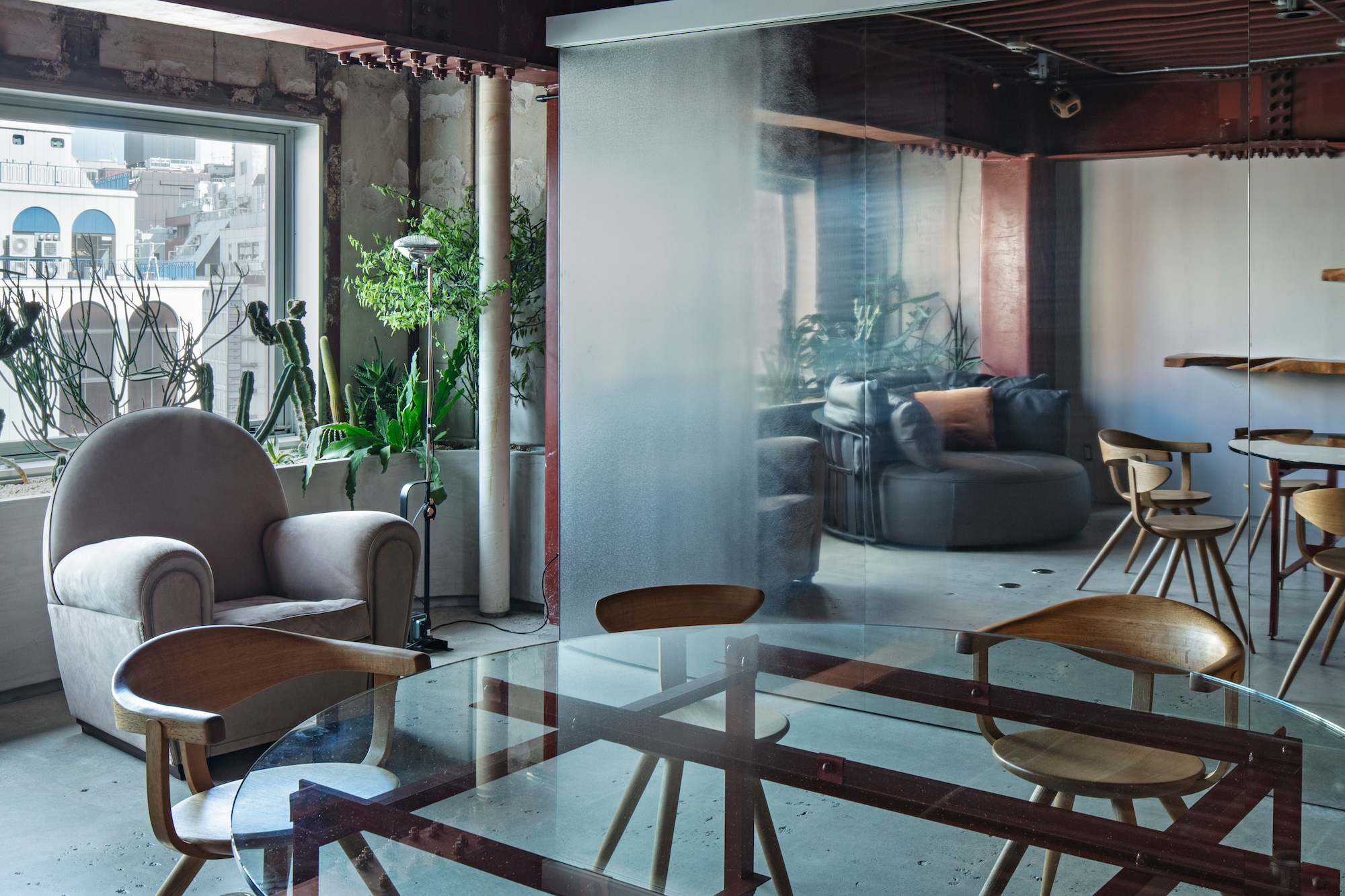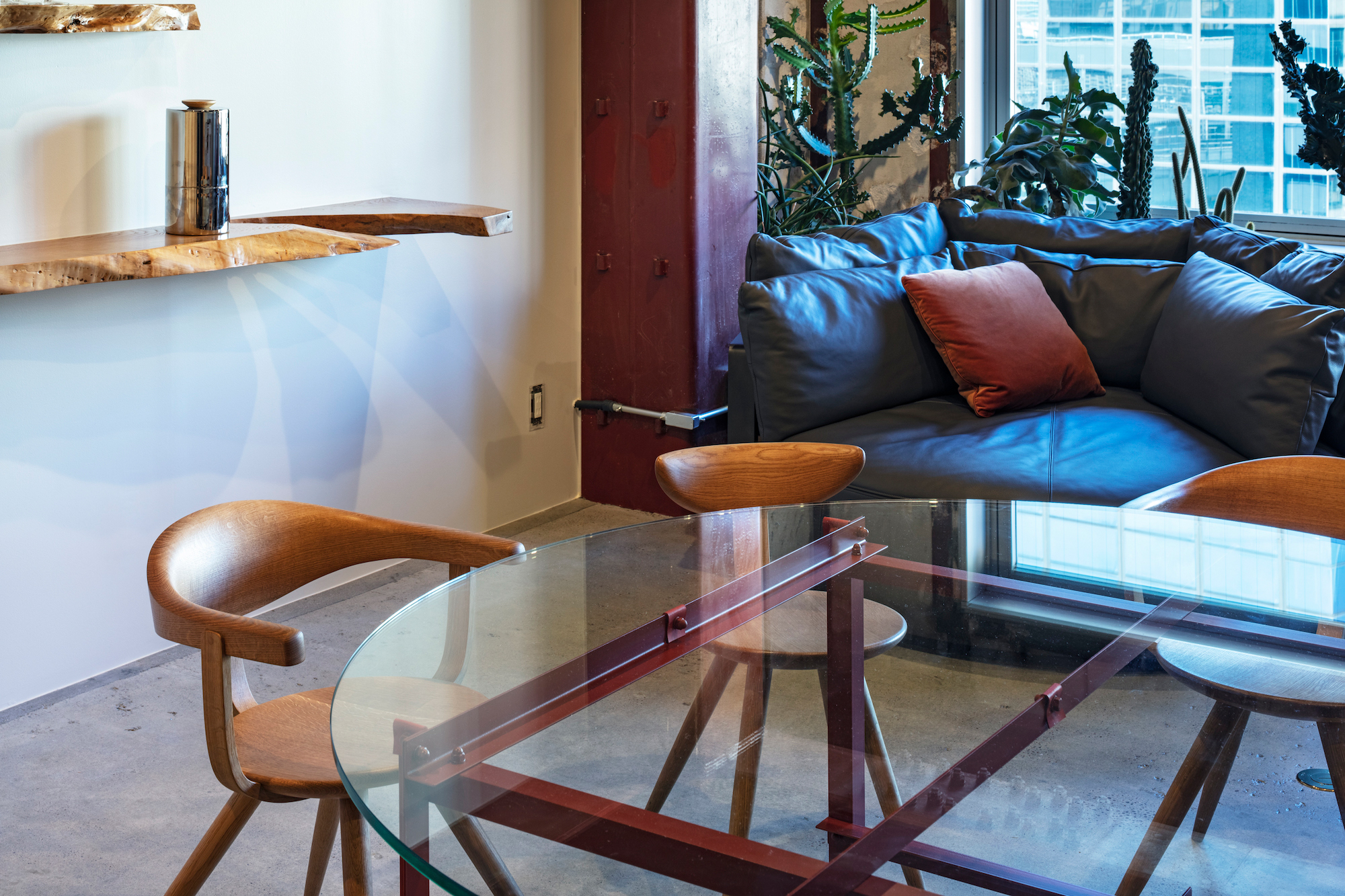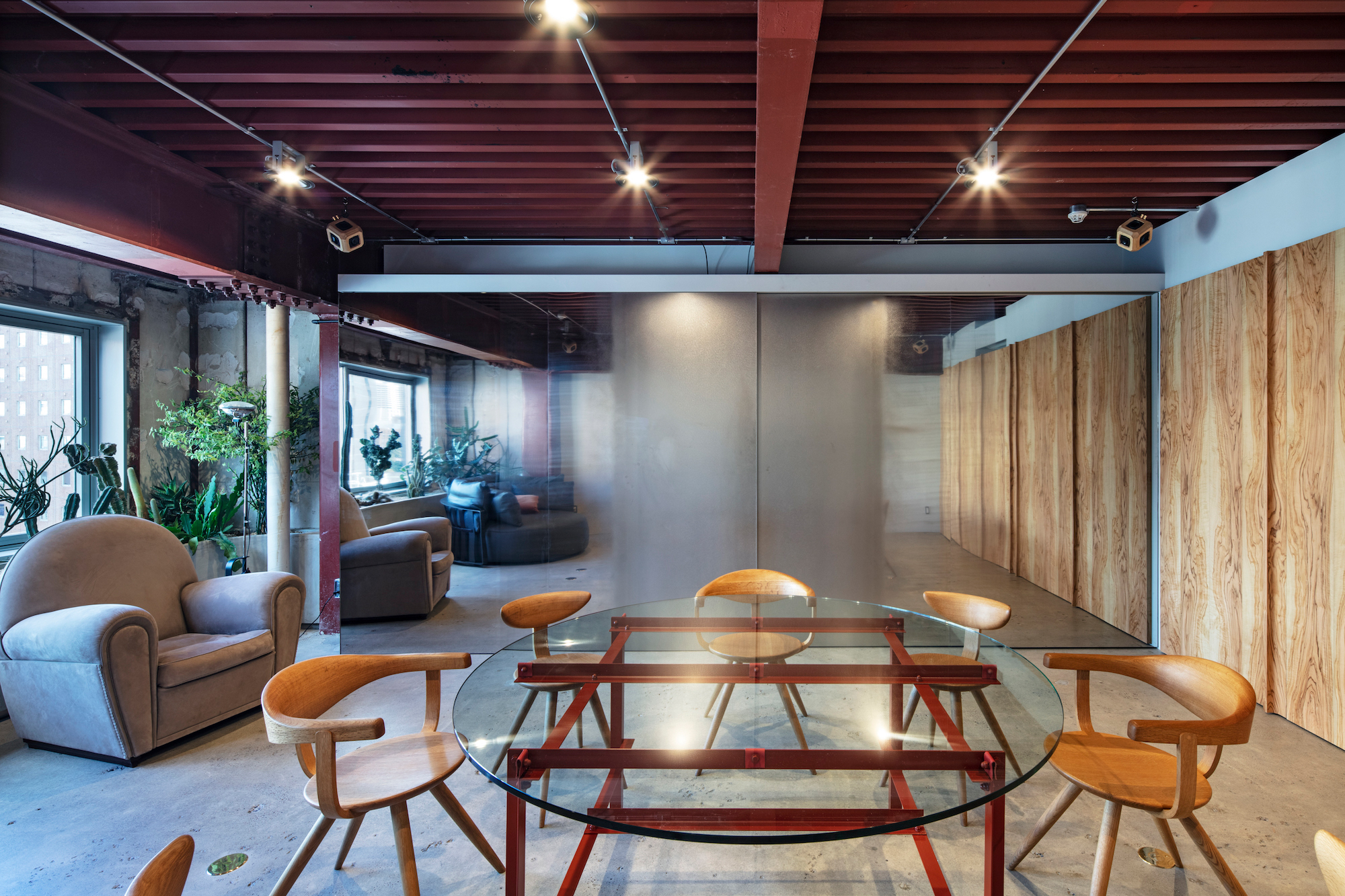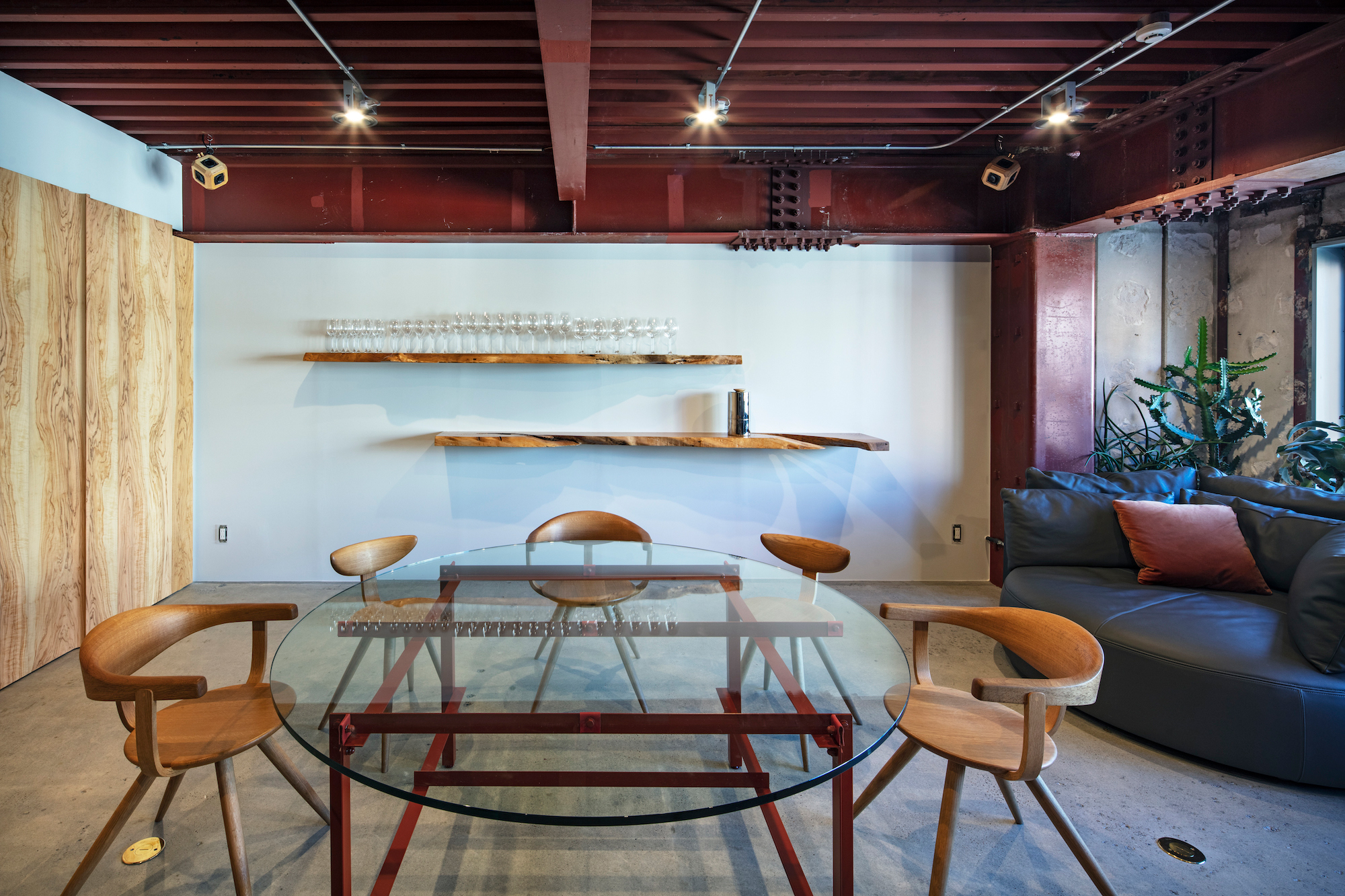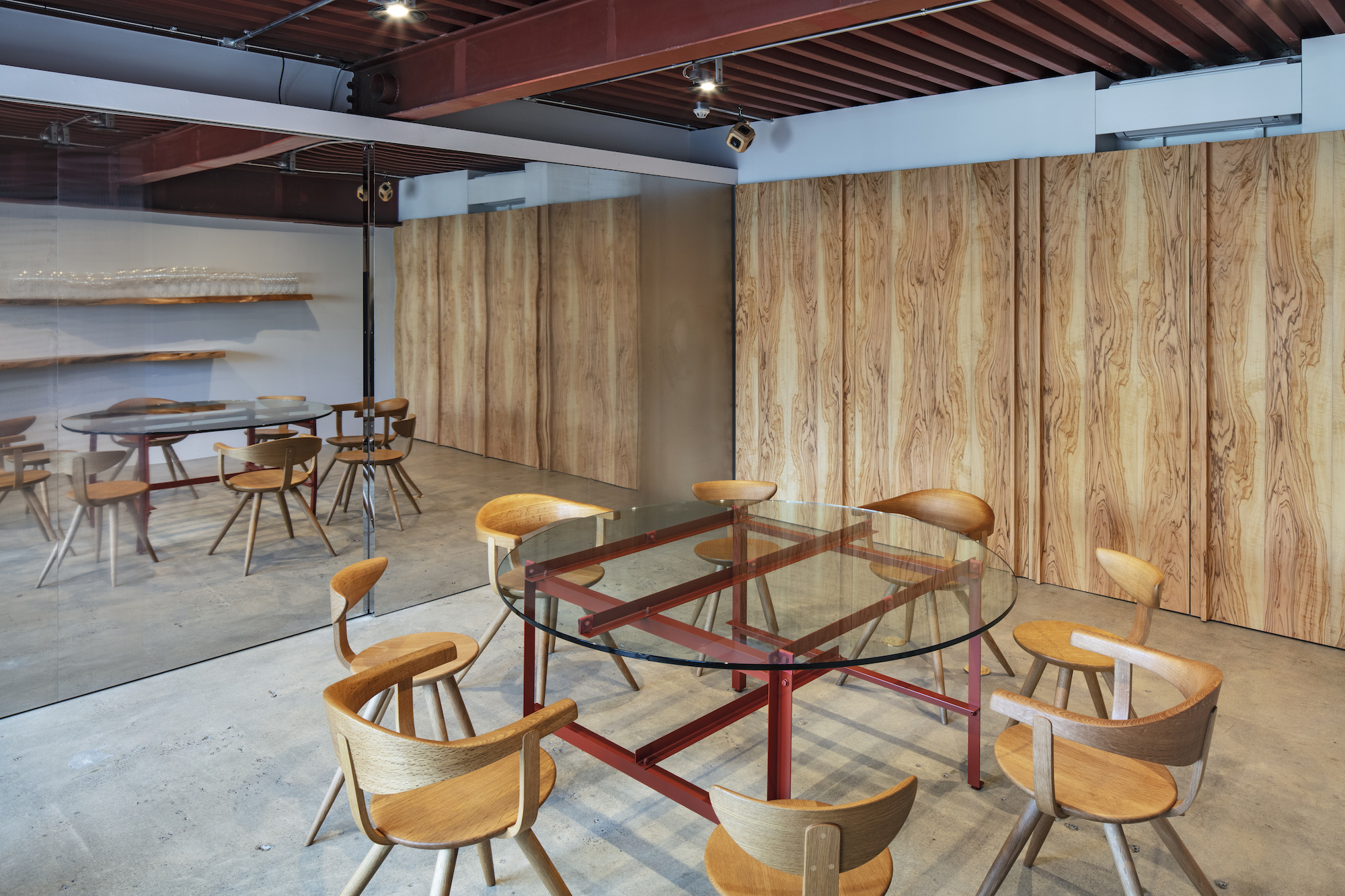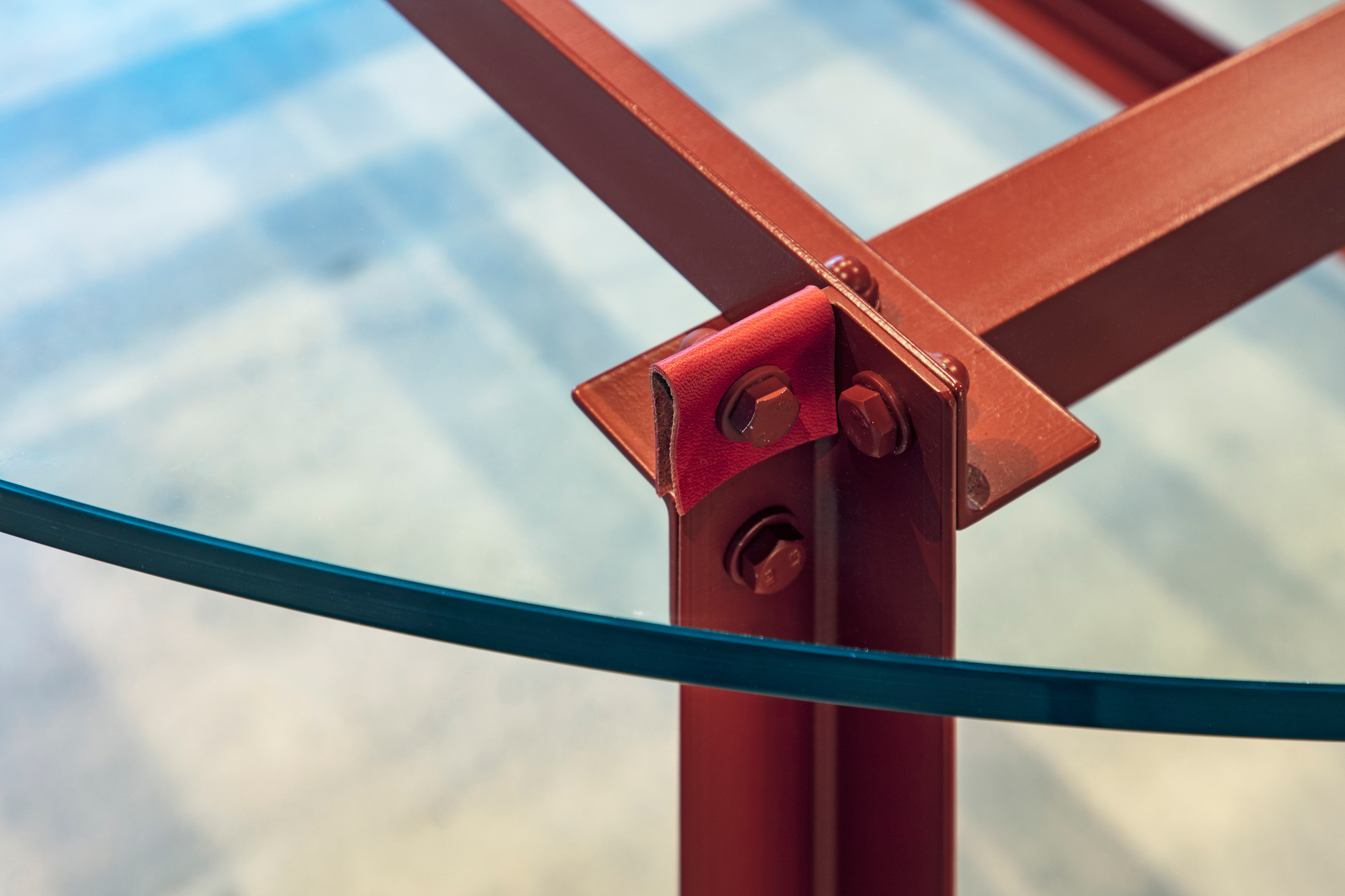Komori Ginza is a minimal office interior located in Tokyo, Japan, designed by DDAA Inc. While meticulous craftsmanship leads to high quality, more time and effort spent on the product makes it a luxury item. Meticulousness is a quality that can be interpreted in various ways while high price and luxury are merely a value mediated by money. On the other hand, a roughly constructed space has inherently complex qualities such as a sense of improvisation, immediacy, and simplicity, which can easily lead to a messy and cheap appearance. The key is its spatial quality, not whether it is cheap or luxurious. The studio want to create qualities while avoiding capitalistic preconceptions such as “high-end and meticulous ” and “inexpensive and rough-hewn.” The goal was to create a space that is “meticulous but not luxurious” and “rough-hewn but not cheap-looking,” and maintain a state where meticulousness and roughness can coexist. They sought to create a clearly defined quality without explicit statements by designing with the idea of creating “A but not B” in mind. The design also aims to provide a new perspective and value for masterpiece products distinguished by meticulousness and high quality beyond the concept of luxury.
The architects made the parts of the room people touch as carefully as possible while finishing the parts they do not touch in a highly rough-hewn manner. The things in direct contact with hands include door handles, a wall-mounted shelf for wine glasses, and furniture pieces “Vanity Fair” and “Scarlett.” The studio paired the round glass table with chairs by Sori Yanagi that are comfortable to the touch. The doors are surfaced with olive veneer with distinctive wood grains, and the designers bent the veneer into door handles. As for the wall-mounted shelf, they converted a solid chestnut wood that they had used for a table previously made for the same client by splitting it vertically. In contrast, they tried to build the space in a rough-hewn manner. The metal deck ceiling is exposed, and the red color of the existing anti-corrosive paint sets the tone of the space: The framework of the glass table is finished with anti-corrosive paint in the same color. The existing ALC panels around the windows are left as it is after demolition. They made a large flower bed in front of it, keeping some distance so that people do not directly touch it.
Photography by Kenta Hasegawa
View more works by DDAA Inc

